The Gradual Green Revolution
By Sandra Romano
Aug 29, 2025
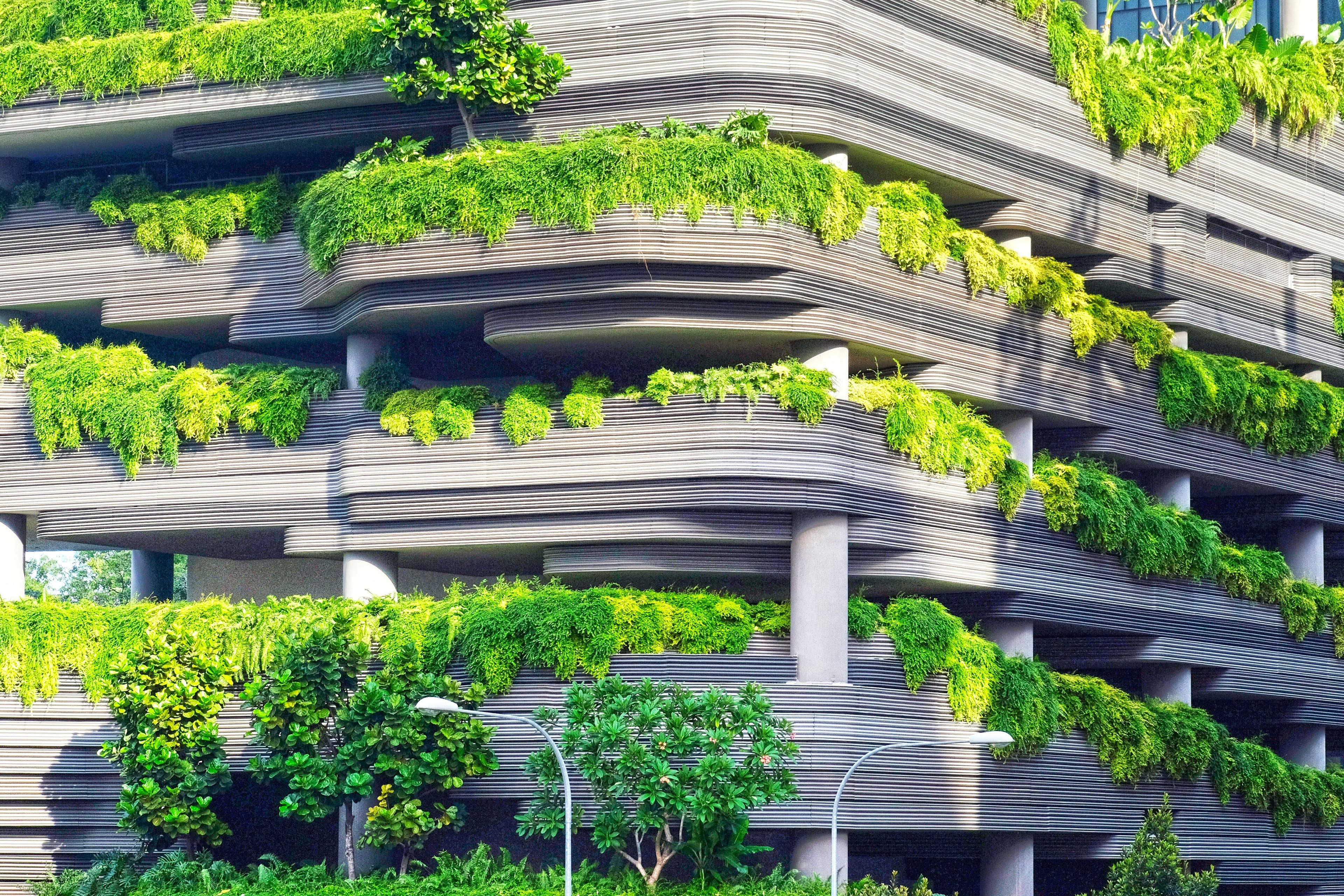
How Cities Are Becoming Greener
If you squint at the skyline of almost any major city today, you’ll see the outline of a quiet revolution. Rooftops fuzzed with sedum and solar panels. Streets rearranged so trees, bikes, and buses get first dibs. Rivers peeled out of their concrete corsets and allowed to breathe again. What used to be framed as “nice to have” beautification has become a core survival strategy. Cities are going greener, and they’re doing it with a mix of urgency, creativity, and pragmatism.
This trend isn’t just about planting more trees (though trees are finally getting the respect they deserve). It’s a systems shift in how urban places move people, manage water, cool neighbourhoods, grow food, and protect health, while staying liveable as the climate continues to change. From Barcelona’s superblocks to Singapore’s biophilic towers and Medellín’s green corridors, the message is the same, the greener a city gets, the more resilient, equitable, and economically vibrant it can become.
Why Go Green Now?
Three forces are pushing cities to turn green from the pavement up.
1) Climate reality. Heat waves are more intense and frequent with floods and fires more destructive. Concrete-heavy neighbourhoods trap heat and shed water, amplifying both. Urban “greening”, more canopy, permeable surfaces, wetlands, and shade, acts like infrastructure, slowing stormwater, reducing peak temperatures, and preventing blackouts and overwhelmed sewers.
2) Public health. Trees lower temperatures by several degrees, cut asthma inducing particulates, and improve mental health. Access to parks is increasingly treated as a public health intervention, not just an amenity. Greener streets encourage walking and cycling, which can be more effective at improving population health than any single hospital expansion.
3) Economic pragmatism. Greener districts attract investment, retain talent, and reduce infrastructure costs. A shaded high street with low traffic and good transit tends to draw footfall and spending. Green roofs cut energy bills and extend building lifespans. Wetlands cost less to maintain than pumps and sea walls alone.
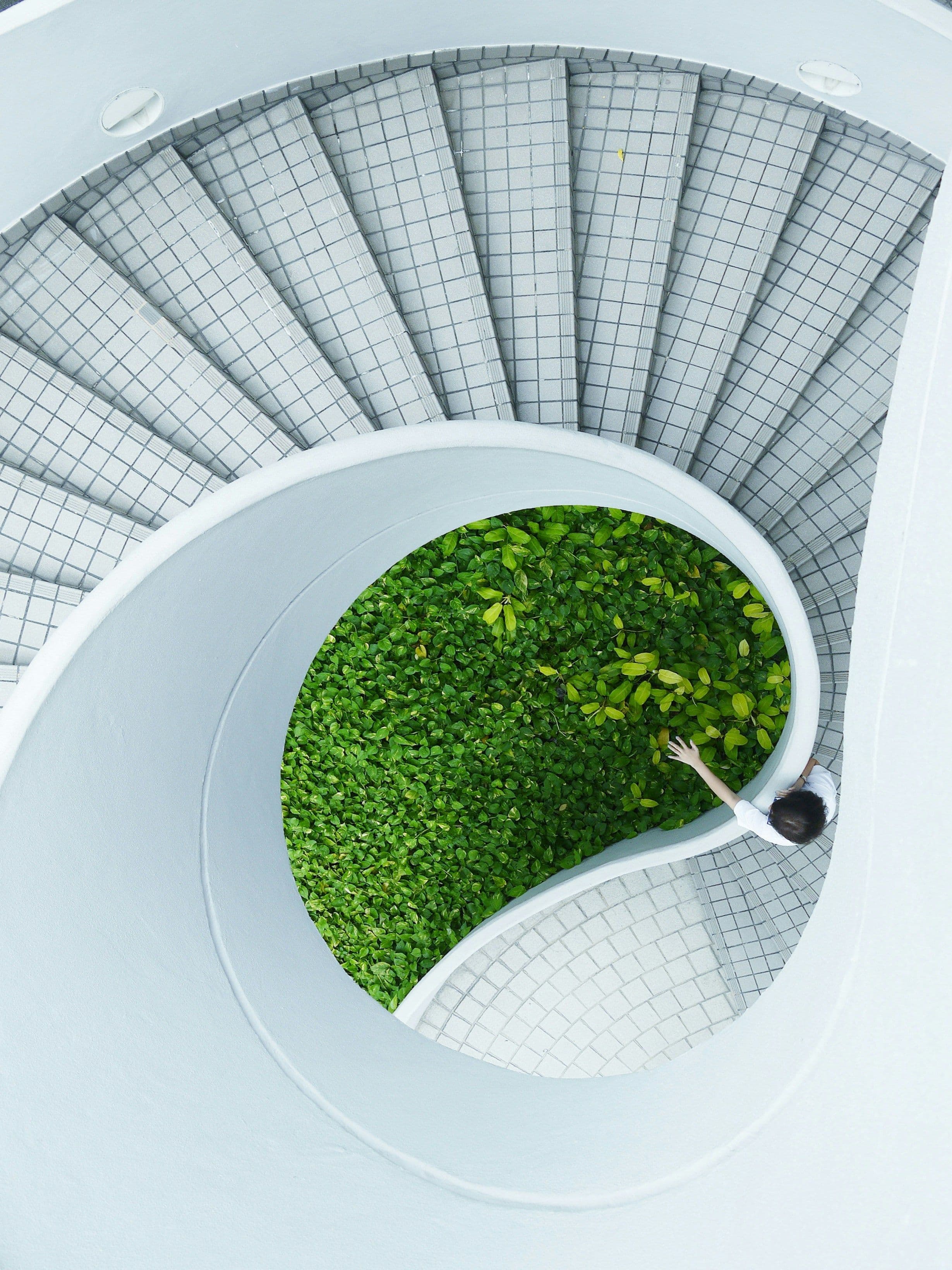
The Playbook: Nature + Mobility + Design
While every city has its own context, the emerging blueprint blends nature based solutions, people first mobility, and smart design.
Nature Based Infrastructure, Not Landscaping
The most important conceptual shift is treating nature as infrastructure. Instead of relying solely on underground pipes, cities are building “sponge” systems on the surface: rain gardens, bioswales, and parks designed to temporarily hold water. Philadelphia’s Green City, Clean Waters programme and Portland’s “green streets” are celebrated examples, millions of litres of stormwater kept out of sewers by trees and planters that do quiet, unglamorous work during every rain.
Urban forests are being managed like capital assets. Melbourne’s Urban Forest Strategy famously set measurable canopy targets; Toronto’s ravine system is protected and expanded as a climate buffer; Singapore has long integrated greenery into buildings, bridges, and even viaducts, an approach known as biophilic design. The goal isn’t decoration; it’s function: shade, evapotranspiration, habitat, and water management.
People First Mobility
The greener city is walkable and bikeable by default and uses transit as its backbone. Copenhagen and Amsterdam proved decades ago that cycling can be an everyday utility; now, a long list of cities are catching up with protected lanes, low traffic neighbourhoods, and “slow streets.” Bogotá’s weekly Ciclovía, when major roads open to people over cars, has been replicated worldwide and has nudged the cultural needle toward streets as public space.
Electrification is a second big strand. Shenzhen’s shift to an all electric bus fleet showed what’s possible at scale; other cities are transitioning municipal fleets, adding charging to street furniture, and pairing EV policy with fewer parking minimums. But the real greenness comes from mode shift, not merely swapping petrol for electrons. Cities that combine good transit, safe cycling, and compact planning see the biggest carbon and health dividends.
Heat Smart, Water Smart Design
Green roofs and facades reduce temperatures, manage runoff, and insulate buildings. Cool roofs (reflective coatings) and cool pavements (lighter, more porous materials) are moving from pilot to policy, especially in heat prone districts. Shade isn’t left to chance: street trees are sited where pedestrians actually walk, transit stops get canopies, and playgrounds get living shade, not just metal pergolas.
“Daylighting” rivers, the urban equivalent of unboxing, removes concrete channels to create cleaner, cooler waterways and linear parks. Seoul’s Cheonggyecheon restoration is iconic, but many cities now reimagine their creeks as spines for biodiversity and active transport. Waterfronts are being rewilded with living shorelines rather than hard walls alone, absorbing wave energy and creating habitat.
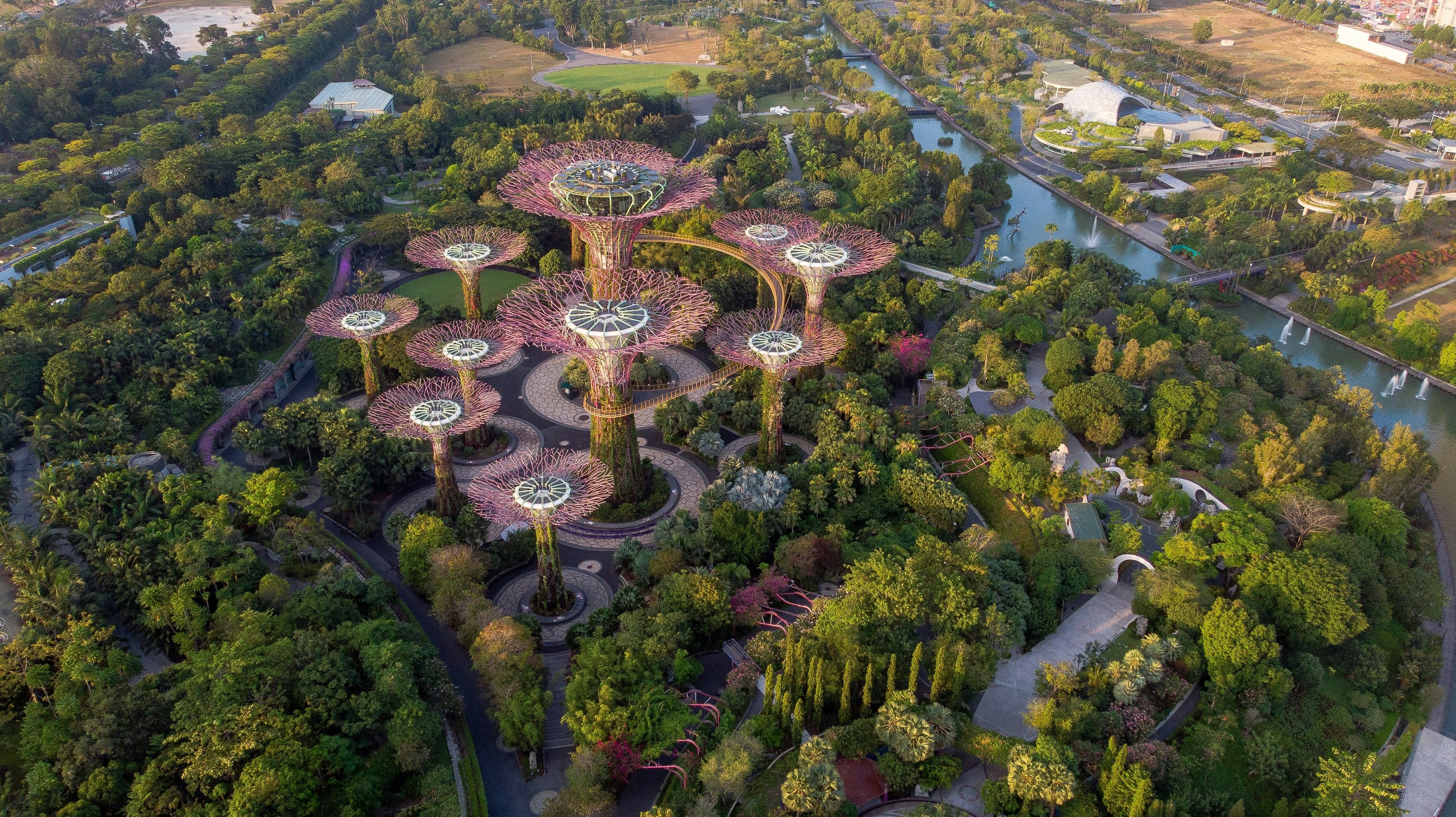
Global Snapshots of the Green Shift
Barcelona is re-stitching its Eixample into a lattice of superblocks, clusters of streets where through traffic is redirected and space is made for trees, play, and cafés. Early blocks show drops in noise and nitrogen dioxide, plus surges in foot traffic.
Singapore continues to pioneer biophilic urbanism: sky parks, vertical forests, and streets stitched with pocket habitats. The result is a city that doubles as a biodiversity corridor while delivering climate resilience and high urban comfort.
Medellín transformed its image and microclimate with “green corridors”, tree lined avenues and hillside plantings that connect neighbourhoods, cool streets, and improve safety around transit stations. Linking cable cars to park networks made mobility and greening mutually reinforcing.
Paris popularised the “15 minute city” idea, daily needs within a short walk or bike ride, and has invested in pop-up bike lanes turned permanent, school streets, and massive tree planting. The effect is cultural as much as physical: the car is no longer the default guest of honour.
Melbourne and Sydney both use urban forest strategies and green roofs to push canopy targets and reduce heat islands, while Vancouver’s decades long focus on compact growth and active travel continues to pay off in low per capita emissions.
In Africa, Kigali’s regular car free days and park expansions are practical moves in a fast growing city, while cities like Lagos and Addis Ababa are pairing transit upgrades and riverside revitalisation with greening to handle growth and floods.
Across North America, cities from Portland to Philadelphia and Toronto are proving that distributed green infrastructure can be cheaper and more resilient than big grey only fixes, especially as climate extremes intensify.
In China, the national “sponge city” programme mainstreamed permeable surfaces, wetlands, and green corridors into urban plans, signalling how quickly policy can scale when nature based solutions are treated as core infrastructure.
The Equity Question
Greening can’t just follow money. When new parks and leafy streets arrive only in affluent districts, or when a new greenway triggers displacement, the social contract frays. The current playbook is getting better at this: prioritising tree canopy in historically underserved areas; adding cooling centres and shade to bus corridors where people actually wait; co-designing parks with local communities, and using anti-displacement tools (like community land trusts and affordable housing requirements) alongside new amenities.
Crucially, maintenance matters. A shiny new bioswale that clogs after six months isn’t equity, it’s a broken promise. Cities are budgeting for long term care, watering, pruning, soil health, and training green workforce teams that reflect the neighbourhoods they serve.
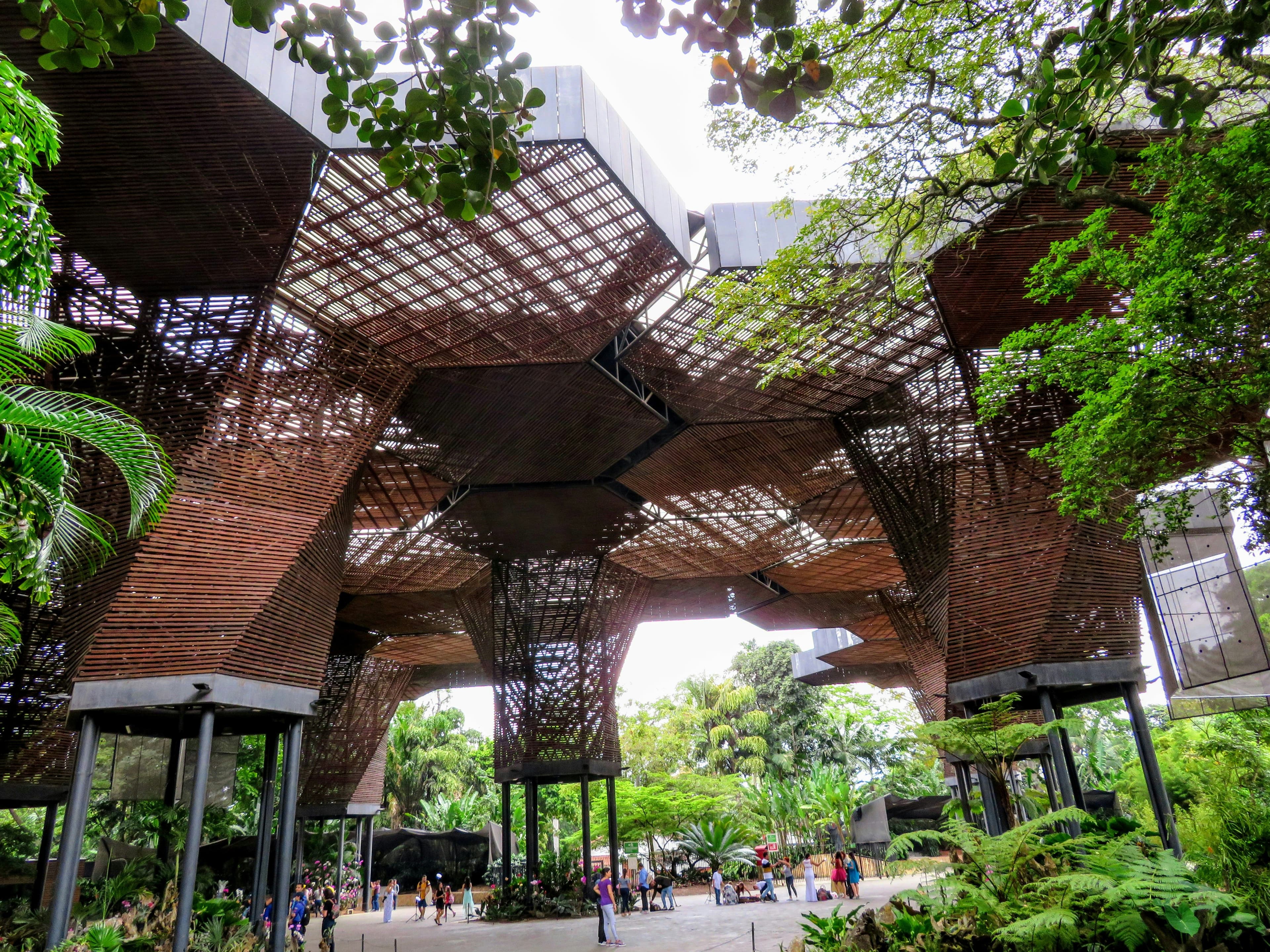
How Cities Are Paying for It
Greener infrastructure blends funding sources. Green bonds finance large scale park and stormwater projects; development contributions tie density bonuses to tree planting or public space improvements; congestion and kerbside management fees are reinvested in transit, cycling, and streetscapes. Public–private partnerships deliver green roofs and plazas on private sites in exchange for planning flexibility. Philanthropy and community land trusts often seed projects in places that struggle to attract conventional capital.
A shift in accounting helps too. When treescapes are valued for avoided health costs, cooling, flood protection, and even property value resilience, the return on investment becomes clear. This is pushing treasuries and utilities to treat nature like a depreciable asset with measurable services, not just “soft” landscaping.
Data, Technology, and the Human Scale
Greener cities are increasingly data literate: high-resolution heat maps identify hotspots; canopy inventories are updated with drones and AI; citizen science tracks pollinators, air quality, and tree health; mobility data reveals where protected lanes would do the most good. But smart cities are learning to use data as a guide, not a substitute, for lived experience. A mother walking a pram on a summer afternoon knows where shade is missing more intimately than any satellite.
Design, ultimately, still rules. A shaded bench placed where people want to sit, a crosswalk aligned with how people actually move, a pocket park that catches breezes, these human scale decisions turn green infrastructure into daily comfort.
What Success Looks Like
Greener cities are setting measurable targets across five fronts:
Canopy and cover - Percent shade by neighbourhood, not just citywide averages.
Mode share - More trips by foot, bike, transit, and fewer by car.
Stormwater performance - Litres captured at the surface during peak storms.
Heat resilience - Fewer heat related hospitalisations, cooler night time temps.
Biodiversity - Connected habitat patches and pollinator corridors.
When those needles move, other numbers often follow. Higher test scores near green schoolyards, lower crime near well used parks, stronger local businesses on calm, leafy streets.
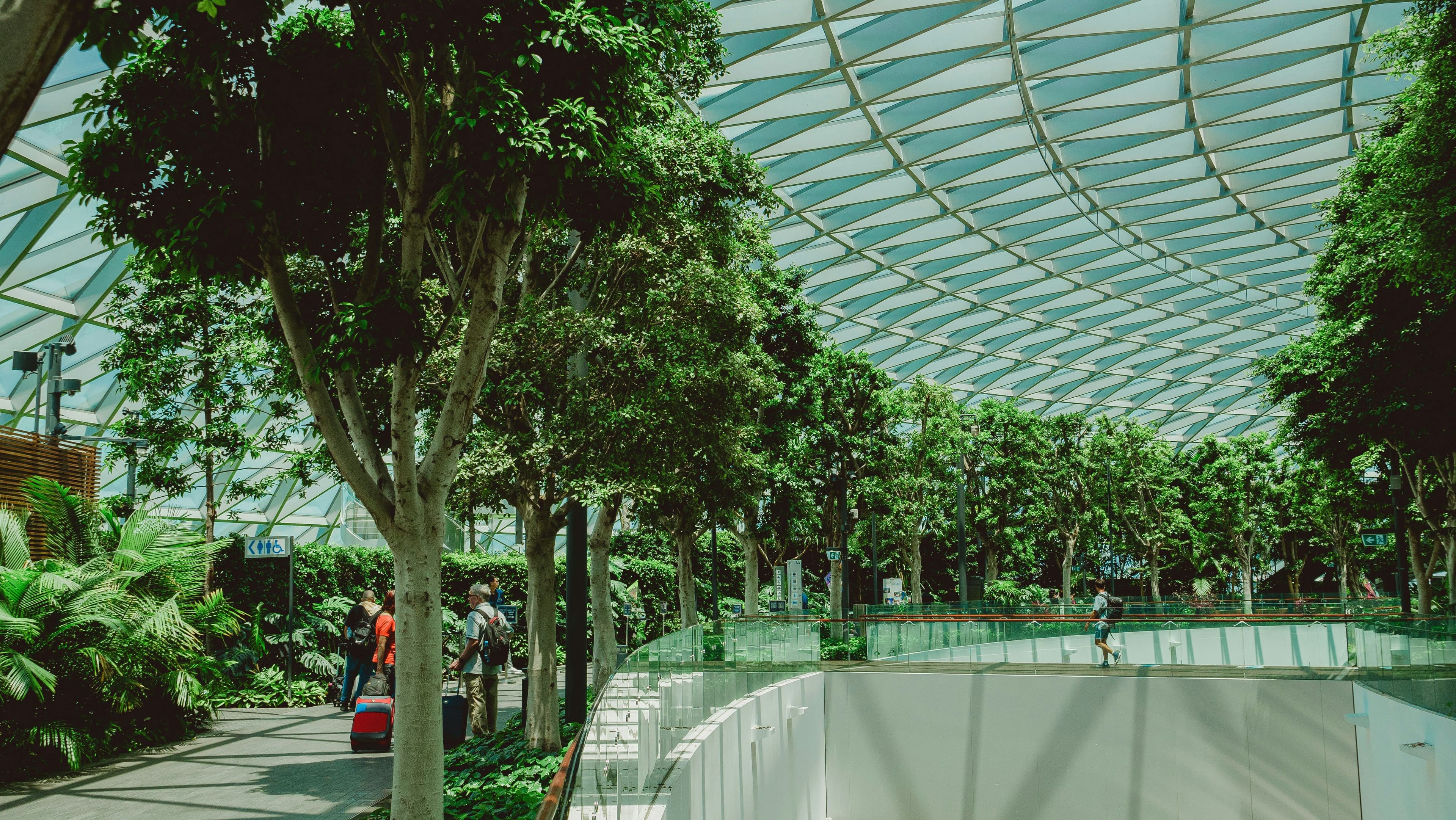
The Next Frontier
What’s emerging now is integration at the district scale.
Green Transit Districts: New housing is paired with car light street grids, high-frequency transit, and a network of microparks and rain gardens, making it easier to live a low-carbon life without sacrificing convenience.
Water Wise Neighbourhoods: Buildings harvest rain, streets infiltrate it, wetlands polish it, and nearby bays or rivers are cleaner as a result. Sewer overflows become rare events rather than seasonal dread.
Climate Ready Schools: Schoolyards as community cooling centres after hours; trees planted first where children lack access to shade; safe, green routes to school replacing chaotic drop-off zones.
Productive Landscapes: Urban farms on rooftops and right-of-ways, community composting that feeds street trees, and native plant nurseries that supply local projects, shortening supply chains and building local skill.
And expect more retrofits. Most of the cities of 2050 are already built. The arts of depaving, daylighting, and re-striping, of subtraction and reallocation, will matter more than glamorous new districts. The superpower here is iteration: test a bus lane with cones, measure, tweak, make it permanent. Plant trees early where they’ll cast shade in a decade, not just where they look good tomorrow.
What You Can See and Feel
You know a greener city when you feel it. The air is softer. The ground gives a little underfoot. You turn a corner and hear water and leaves instead of engines. The bus arrives often enough to be forgettable. Kids play in the street after school because the street has been returned to them. On hot days there’s somewhere to stand that isn’t a blast furnace. On wet days the drains aren’t overwhelmed. And the pride of place is palpable, because people helped shape it and can see their fingerprints in the details.
This isn’t utopia; it’s maintenance, budgets, and politics, all the unglamorous stuff of city making. But it’s happening, and not as a side project. Greening is merging with core infrastructure, housing, health, transport, and economic strategy. Cities that embrace it aren’t just prettier. They’re better prepared for the heat and storms ahead, more affordable to live in, and more fun to move through.
The quiet revolution is already visible from the skyline. The real proof, though, is at eye level: a neighbour lingering in shade to chat, the hum of a bus that barely registers, a child tracing the path of a butterfly along a curb side garden. That’s what a green city feels like, and why, street by street, the world’s cities are choosing to become one.